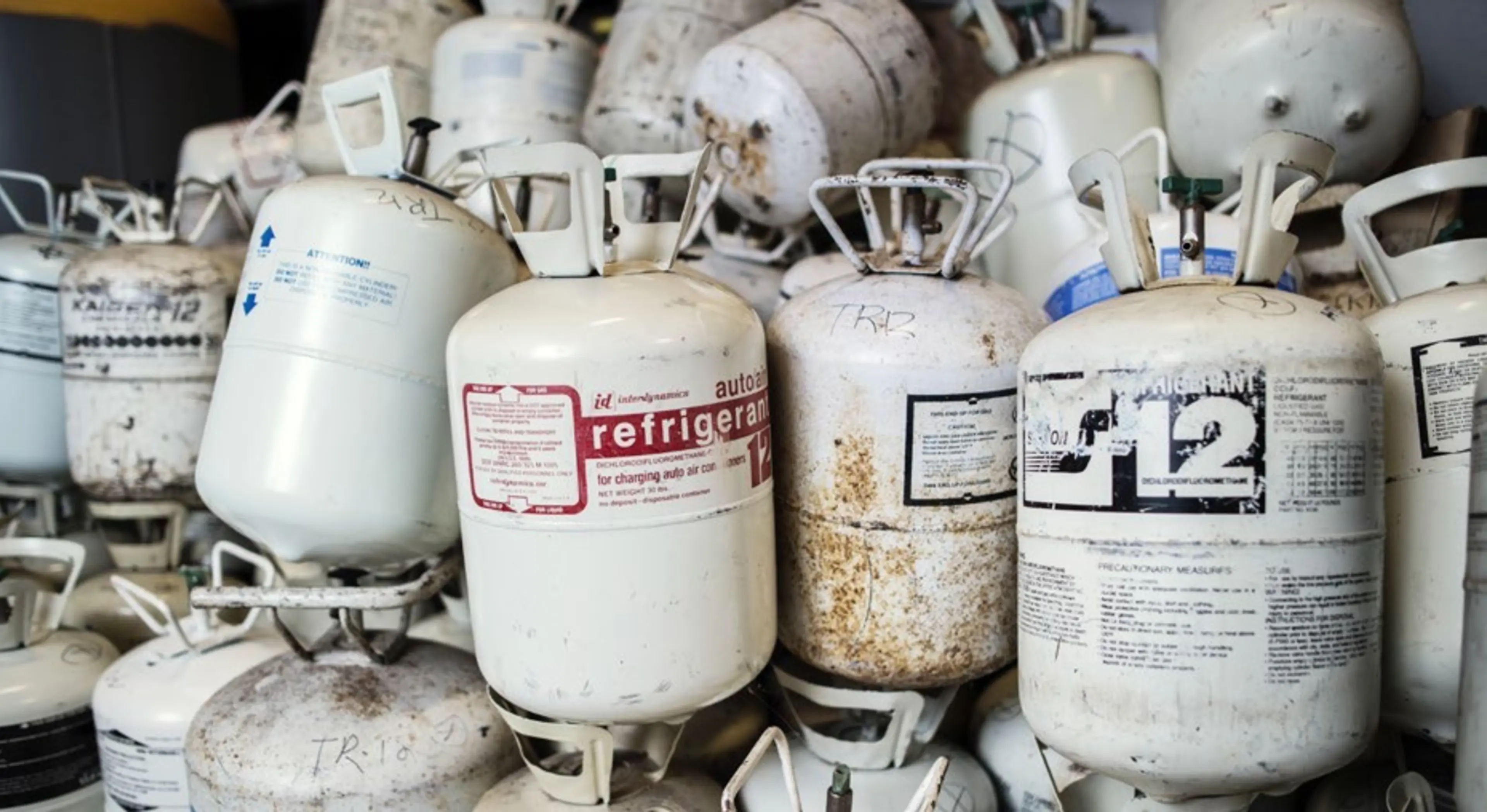
Greenhouse Gas Destruction
Info
Purchase type
This project provides a verified carbon credit that can be retired on purchase.
Credit vintages
2023, 2024
Verified by
American Carbon Registry
Categories
Background
This project exists to improve the environment by collecting, controlling, and destroying refrigerants and halon fire suppressants, which are potent non-CO2 greenhouse gases (GHGs), some of which deplete the ozone layer. This collective activity seeks to prevent the annual release of at least 3 million tons of CO2 equivalent into the atmosphere and is critical to avoiding climate change. The Montreal Protocol effectively banned new production of ozone-depleting substances, but large volumes were produced before the ban, risking re-release into the atmosphere.
Why did we choose this project?
At a time when carbon offsets and the purchase of carbon credits are very rightly coming under scrutiny, GHG destruction through our partner stands out as best-in-class; they are a highly credible organisation, working directly with projects to bring much needed immediate and permanent, high-quality carbon credits to market.
There is no end-of-life solution for old refrigerants, with some of these gases being ozone-depleting substances (ODS) and having a global warming potential up to 10,200 times that of CO2. This meets a very important and un-met need.
How does it work?
The project collects forgotten greenhouse gases around the world, using a small-scale aggregation approach. The consistent focus on many small sources results in large and scalable impact. They uses high-temperature combustion to permanently destroy ODS. The refrigerants are destroyed using rotary kiln incineration process. The refrigerants are heated to 1800 - 2200°F, which causes the molecules to break down. The chlorine and fluorine atoms form acid gases, which are then neutralised in a wet scrubber and leave the process in the form of salts.
How do we know it's working?
A third party weighs the non-C02 gases destroyed, which are then sampled and analyzed by an accredited refrigerant laboratory. This ensures that credits are issued only for the precise volume and type of refrigerant destroyed. Furthermore, the destruction facilities the project uses continuously monitor the incineration process during destruction events to ensure that over 99.99% of gases are destroyed. Regulatory protocols mandate this monitoring. Their credits are verified by third parties and issued by the leading carbon registries, ACR and VERRA.
Star fact
Non C02 gases such as halocarbons - that include refrigerants and halons - have contributed to nearly 40% of global warming since 1750.
UN Sustainability Goals
Verified by Pinwheel
5 May 2023
Location
Saudi Arabia, Thailand, USA